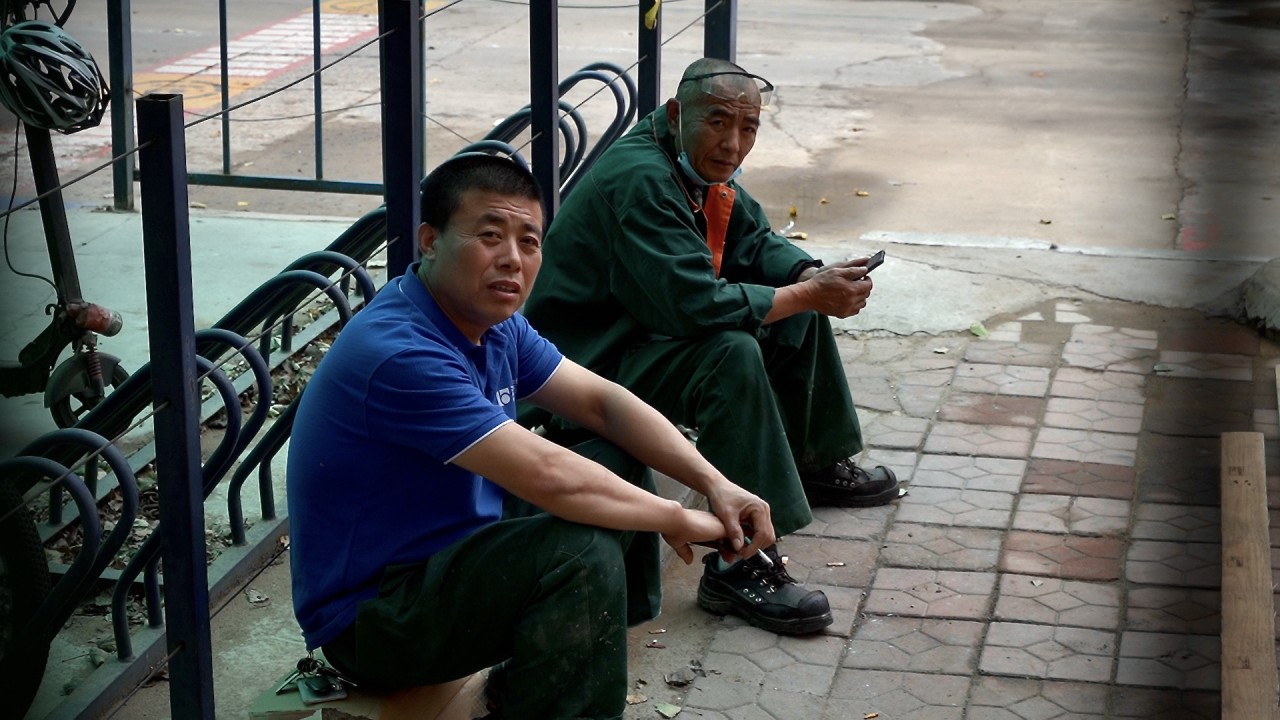
China’s energy crunch and the high economic costs of going green
- China’s coal supply has been constrained by carbon emission controls and tensions with Australia
- Beijing may have to consider relaxing its control over electricity tariffs and reviewing its green policy
In fact, the energy crisis might have been brewing for a while, and August’s power consumption data offers some clues. According to figures from the National Energy Administration, China’s electricity consumption in August grew about 3.6 per cent, which is a significant deceleration from 12.8 per cent the previous month.
In fact, since 2018, as part of an effort to reduce business costs, electricity prices for manufacturing have been lowered by at least 25 per cent. From this perspective, the power plants have even fewer incentives to supply electricity to industrial firms.
More worryingly, winter is coming and demand for heating will increase, particularly in northern China. To maintain the domestic power supply, local governments could further tighten supply for manufacturers.
Does Australia care how its Aukus deal looks to its Asian neighbours?
Indeed, many Chinese provinces have already halted supply for manufacturers. Power shortages aside, local authorities have also been falling short of energy control targets set by the central government.
Two indicators are used to gauge energy intensity: one is “energy use per GDP unit”, that is, efficiency of energy consumption, and the other is “total energy consumption”, or volume of energy consumption. In the meantime, a traffic light warning system has been established to enforce the energy controls.
By the end of June, 19 Chinese provinces, which represent about 65 per cent of China’s economy, had received red or yellow warnings. These include export hubs like Guangdong, Fujian, Jiangsu and Zhejiang, as well as underdeveloped provinces with a focus on raw materials.
In underdeveloped areas, rising commodity prices have boosted the energy-intensive production of raw materials. For export-oriented provinces, the manufacturing sector has been well supported by external demand, and some sectors like textiles and shoes are not only energy-inefficient but also very polluting.
As the third-quarter assessment approached and Beijing tightened its grip, local governments took harsh action to temporarily suspend the power supply for firms with high energy consumption. However, this caused huge dissatisfaction among manufacturers.
Facing massive criticism, the Chinese authorities have intensified efforts to ease the pain of the power crunch, by ensuring coal supply and prioritising the energy needs of households and important industrial sectors. There remains the question of whether the central government will relax its control over electricity tariffs, as it would have a big impact on the growth and inflation outlook.
Given the tight climate targets, the overall cost of energy is likely to climb further over the medium to long term. However, if the production costs are also pushed up significantly, Chinese consumers will be hit hard.
Hence, the road to a green economy might be bumpier than many expect, and huge economic costs are clearly to be expected from a medium- to long-term perspective. Meanwhile, China’s green policy might need to be reviewed, which means investors would also have to recalibrate their strategies, amid rising policy uncertainties.
Hao Zhou is senior emerging markets economist at Commerzbank


